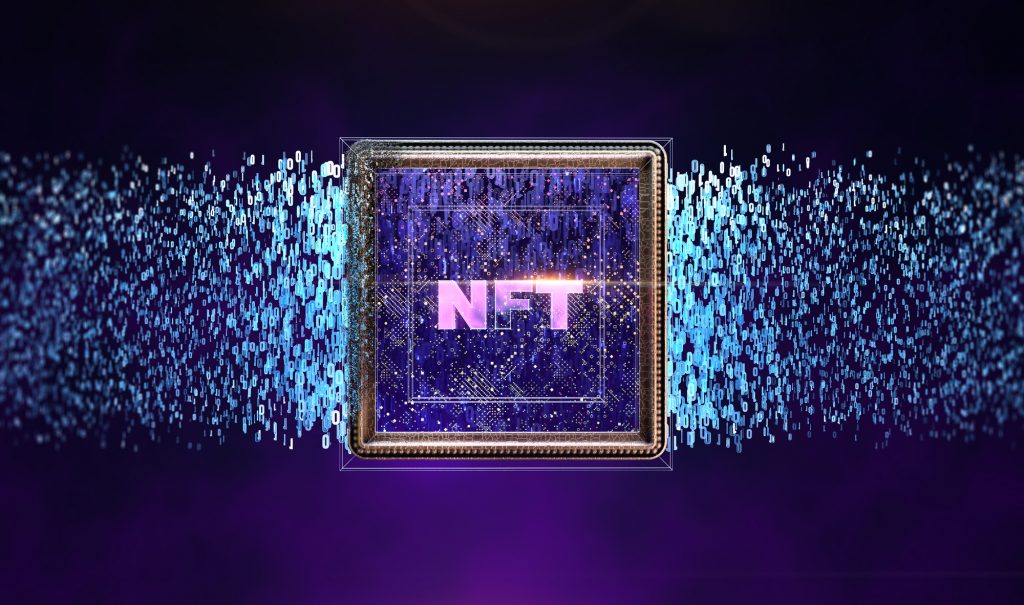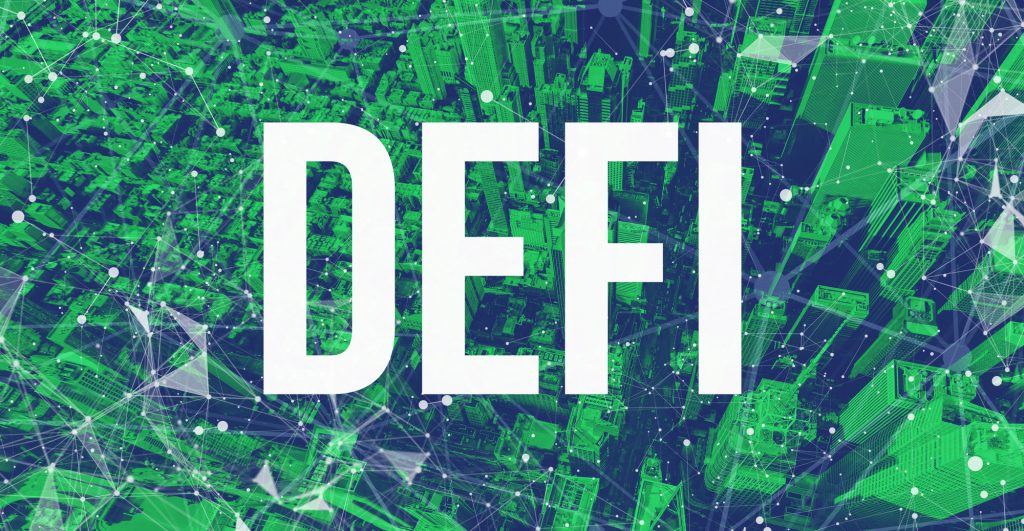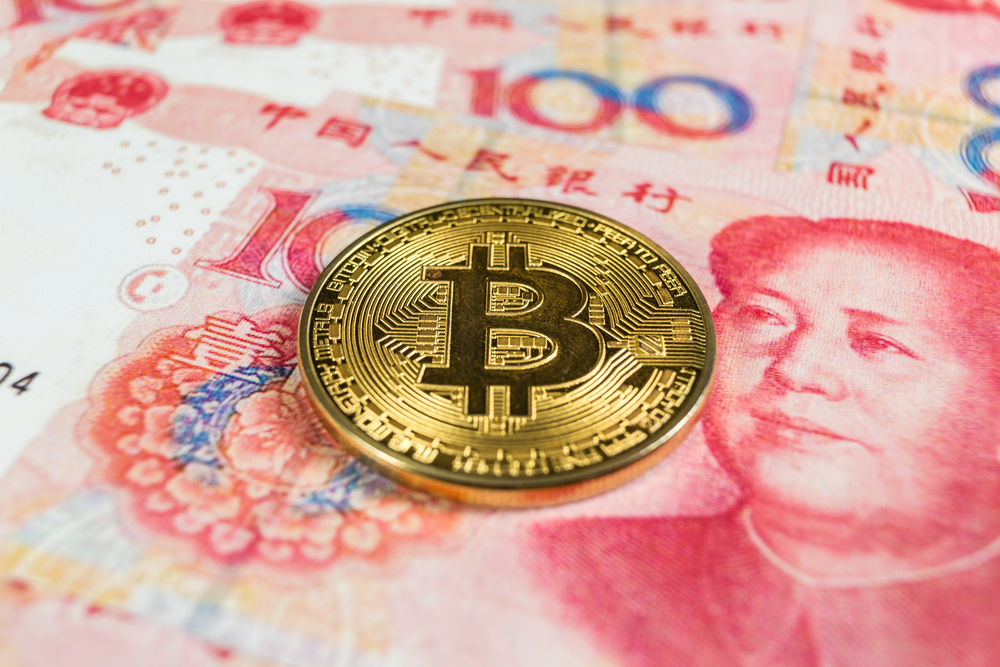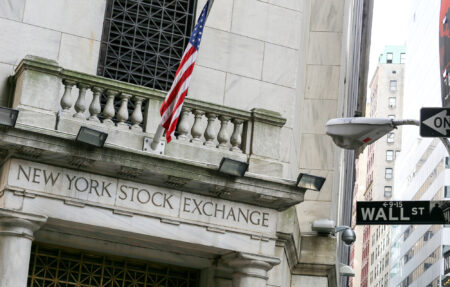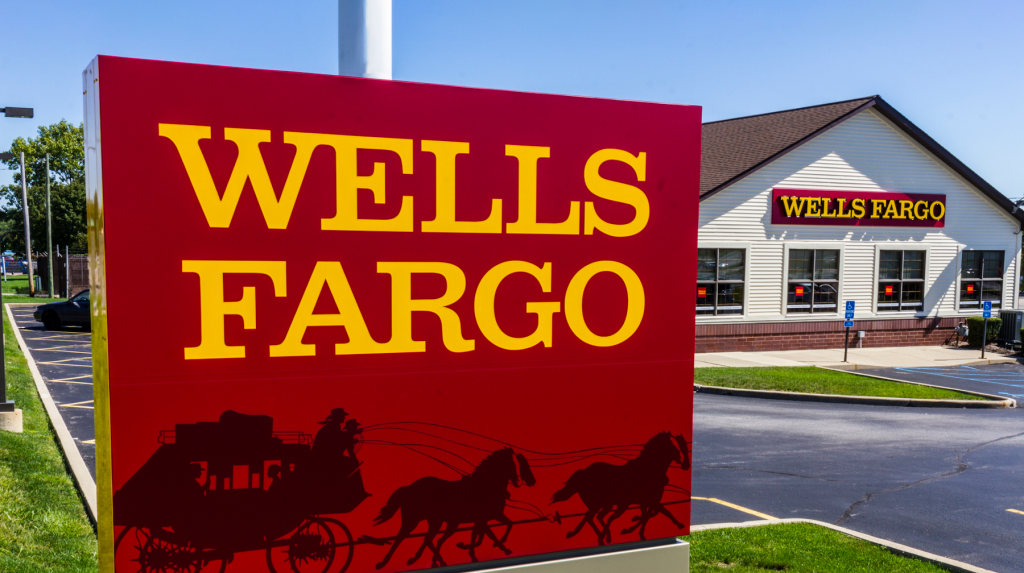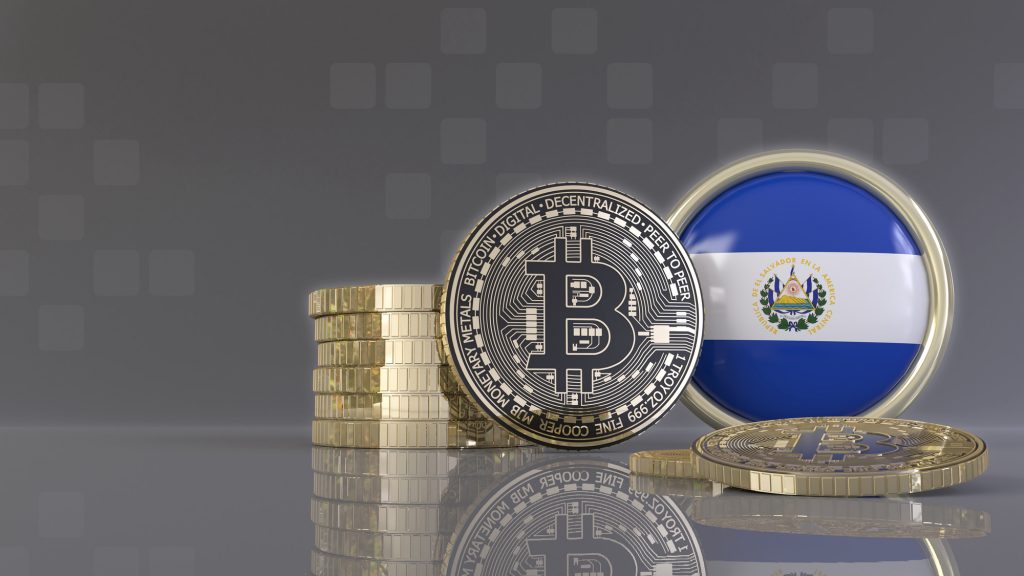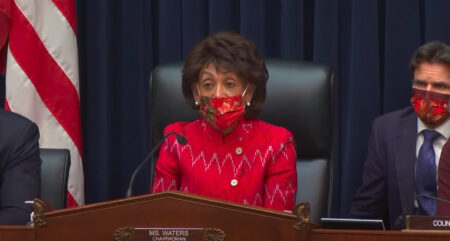An interesting year is drawing to a close. Blockchain technology and digital currencies found wider acceptance not only among institutional investors. The most important developments of the past year in a compact review of 2021.
DeFi unleashes innovation in the financial world
Without a doubt, decentralized finance (DeFi) was a strong driver of crypto markets towards the end of 2020 and the beginning of last year. The architecture of decentralized finance can create an interoperable financial system with unprecedented transparency and little need for third parties. The St. Louis Federal Reserve Bank has published an in-depth study on the DeFi sector. They propose a multi-layered framework to analyze the implicit architecture and the various DeFi building blocks. The building blocks include token standards, decentralized exchanges and credit markets, as well as blockchain derivatives and on-chain asset management protocols without custodians.
The DeFi space reached over $100 billion in deposited funds in 2021, attracting interest from institutions. However, the boom in decentralized financial applications also called regulators into action. They are increasingly scrutinizing the young sub-sector of the crypto industry. The head of the US Commodity Futures Trading Commission (CFTC) has been critical of DeFi in this regard. Putting the sector in the same category as climate change underscores the seriousness of the issue. Regulatory pressure on the decentralized financial system remained throughout the year.
DeFi-staking schemes often use stablecoins, crypto-tokens with a value peg to fiat currencies like the U.S. dollar. They are incorporated into what is known as a smart contract to earn assets or participate in the decision-making of a protocol. They have been the focus of attention by regulators, who have perceived stablecoins as a threat to the financial system.
NFT – New opportunities for a digital age
Although the original concept for non-fungible tokens (NFTs) dates back to 2015, it wasn’t until 2017 that the first projects appeared on the Ethereum blockchain. Over the next two years, more NFT standards were developed and used. With these expanded token standards, it became possible to assign individual metadata to tokens. This enabled various new applications.
Creative artists and content producers found new outlets and fresh ideas in NFTs. They are currently populating and shaping the emerging metaverse. The unique information recorded in the smart contract cannot be directly replaced by another token. With some exceptions, non-fungible assets are also not divisible. They are meant to exist and be traded as a whole. These unique tokens have effectively become the gold standard for assigning ownership on the blockchain. True ownership is one of the critical key components of NFTs and the digital economy.
China bans crypto for good
The Bank of China (BoC) warned against investing in cryptocurrencies on its official WeChat account on March 23. In May, Chinese financial authorities banned its financial institutions and payment companies from offering services related to cryptocurrencies. Since June, social media has censored search results and suspended the accounts of popular crypto-related content creators.
Instead, the Chinese government is developing a central bank digital currency (CBDC) in the form of a blockchain token. In 2021, the digital yuan was tested in different major cities. In fact, the Chinese central bank People’s Bank of China (PBoC) plans to make the digital yuan available to international customers during the 2022 Winter Olympics in Beijing.
Competition for Ethereum
Layer 1 blockchains are the foundation of today’s decentralized ecosystems. These projects are designed to process every transaction on the network. This means that all transaction data is recorded and stored in the blockchain. An obvious scaling method used early on is to increase the number of transactions per minute combined with low transaction costs. Usually, this is done through a trade-off in decentralization and security.
Various smart contract platforms (Layer 1) have emerged that seek to compete with Ethereum in one form or another. Older examples such as Tron and EOS used the classic approach with a change in consensus mechanism to Proof-of-Stake (PoS) and an increase in transactions per minute. Competitor Solana implemented a new consensus protocol that enables even higher throughput. Projects such as Polkadot, Cardano, and Avalanche also apply a layered architecture that uses a base layer and attached blockchains similar to Ethereum 2.0.
Growing institutional interest
The integration of digital assets into existing institutional financial infrastructures can now be seen on a number of fronts. In the United States in particular, quite a few established financial services providers now offer services around digital assets. These include crypto trading, custody and portfolio management offerings.
Progressive institutional adoption can be measured by three factors: regulation, mass adoption and macro environment. All three fields have improved over the past year without exception. The most recent drivers of advancing institutional adoption are the recent Bitcoin ETF approvals in the States and a burgeoning fear of an uncontrollable wave of inflation.
In addition to the entry of prominent fintech companies such as Paypal or Square, more banks joined the emerging crypto space in 2021. After well-known U.S. investment banks such as Goldman Sachs, JPMorgan and Wells Fargo offered their clientele services related to digital assets, another powerful banking association joined in Europe with the German savings banks. As early as next year, the association with its 50 million customers is expected to provide services in this area.
Bitcoin payment protocol Lightning network
The widespread use of Bitcoin as money requires that the cryptocurrency be useful as such. For Bitcoin to reach its ultimate monetary form, it is not enough to be merely a store of value (as is currently the case with gold). It must also be a useful medium of exchange. Bitcoin is not suitable for fast and cheap payments and relies on external solutions, of which the Lightning network is the best known.
The Lightning network acts as a second layer on top of Bitcoin, where each participant recognizes the same native unit and uses it for trading. Importantly, Lightning, as Bitcoin’s payment protocol, does not require its own blockchain. Rather, it relies on Bitcoin to securely complete transactions. In this way, Lightning provides a mediation service where the Bitcoin base layer (Layer 1) acts as the final authority for any disputes at the Lightning layer (Layer 2). The Lightning network has seen record growth this year, including adoption in developing countries.
Bitcoin as legal tender
At a conference in Miami, the President of El Salvador announced that he wants to make Bitcoin a legal tender. The bill he presented to Congress promoted Bitcoin to official currency. This could make El Salvador the first country in the world to formally adopt a crypto-asset as a means of payment. Congress approved the law by a clear majority of 62 to 84 votes. Bukele also announced the construction of a “bitcoin city” without income or property taxes. The construction of the city is to be financed by government Bitcoin bonds and later by a value-added tax.
The decision to integrate Bitcoin into the country’s financial system was met with harsh criticism from the International Monetary Fund (IMF) and the United Nations Economic Commission. Therefore, rather unexpectedly, Bank of America (BofA) showed the benefits of Bitcoin adoption in El Salvador and noted many positive things. Such as how Bitcoin can enable inclusion for people and businesses in the country, but also make international payments cheaper and easier. Bitcoin’s easy access to electronic payments has a “progressive touch”, Bank of America analysts noted. Another positive impact, they said, is the progressive digitization and democratization of finance. Indeed, more than 70% of the adult population in El Salvador does not have a bank account.
A metaverse is emerging
The metaverse is on everyone’s lips this year and is gaining more and more significance. It is not a game and has no set goal, rather the metaverse represents its own digital reality. The metaverse is a space in which users can interact with a computer-generated environment and with other users. The metaverse thus encompasses far more areas of life than today’s Web 2.0.
Leading companies around the world have begun to recognize the potential and exploit it for their own benefit. The new possibilities of token economies and unique items in the form of NFTs that originate in the crypto realm are opening up new applications, especially in gaming. Video games such as The Sandbox and Decentraland are evolving into an NFT-based open metaverse where content, economics, and governance are in the hands of the players and creators who contribute to the virtual world.
Regulation and adoption
Over the past year, a number of significant factors have emerged in the digital asset industry that did not previously exist. These aspects lead us to question whether we are on the cusp of institutional bitcoin adoption. One significant factor is regulation, which sets the playing field for the market. Following China’s recent ban on September 24, the world looked to the United States for clarity from regulators and lawmakers on their stance toward cryptocurrencies.
The executives of six cryptocurrency companies addressed the House Financial Services Committee on the promise, perils, and benefits of cryptocurrencies and stablecoins. Some of the executives tried to convince the committee that it was focusing on the wrong issues and should think about the bigger picture.


